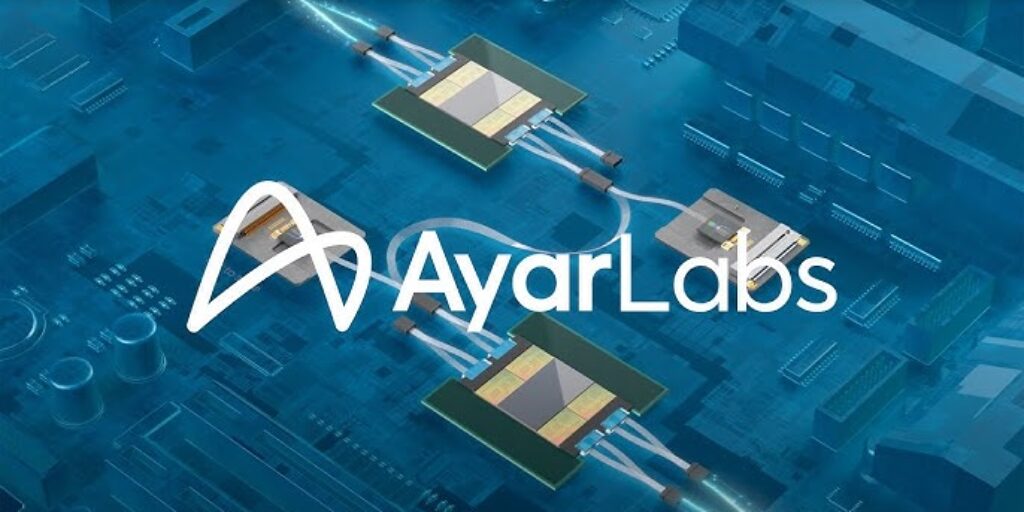Gregory Scott Jones from NICS writes that researchers are using the Kraken supercomputer to model hazardous material explosions with an eye on greater safety for the nation’s highways.
Thanks to the University of Tennessee’s Cray XT5 Kraken supercomputer and the hard work of a research team from the University of Utah, accidents such as the one in Spanish Fork Canyon may soon become better understood, and hopefully, one day, a near impossibility. The team, led by Martin Berzins and Charles Wight, is using the processing power of Kraken to simulate burning and detonation processes in transportable explosives in hopes of one day making catastrophes like the one in Spanish Fork Canyon a thing of the past. Recent simulations have led the team to believe that the key to preventing these types of detonations is to pack the trucks transporting the explosives in such a way that temperatures and pressures are vented so as to avoid a chain-reaction explosion-to-detonation scenario.
The University of Utah team used 3.5 million hours on Kraken in 2010 alone, and the simulations have given the group the computational knowledge to expand its algorithms to ensure that its codes continue to scale to tomorrow’s even larger computing architectures. Read the Full Story.




